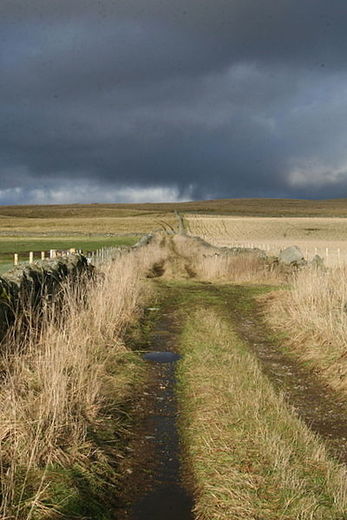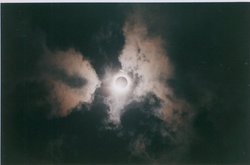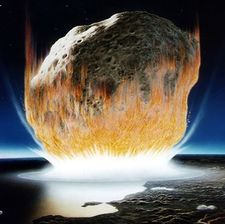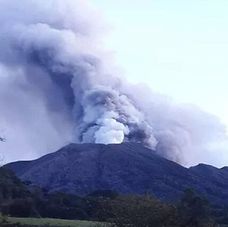ALLFED Alliance to Feed the Earth in Disasters
How does everyone get enough food, in the event of a global catastrophe that impacts food production?

At the heart of the global economy, sunlight is the driving force behind our food production and supply. If we were to suddenly experience a nuclear winter, supervolcanic eruption, or an asteroid impact, how would we feed everyone? This is the question ALLFED are trying to answer.
Based on current research there is an estimated 10% chance of a complete loss of food production capability this century. The UK Government also estimates that there is a 80% chance of floods and droughts on multiple continents causing a 10% global shortfall of food production capability this century.
Our current focus is on shocks affecting global food production and encouraging planning and preparedness and furthering research into risks and technical and human solutions which may help to save many millions of lives, especially in developing countries in the event of a global catastrophe such as those outlined below.
Based on current research there is an estimated 10% chance of a complete loss of food production capability this century. The UK Government also estimates that there is a 80% chance of floods and droughts on multiple continents causing a 10% global shortfall of food production capability this century.
Our current focus is on shocks affecting global food production and encouraging planning and preparedness and furthering research into risks and technical and human solutions which may help to save many millions of lives, especially in developing countries in the event of a global catastrophe such as those outlined below.

Following a comet impact, supervolcanic eruption, or nuclear winter an estimated 50% of the sun’s visible light would be blocked by atmospheric ash. The blocking of sunlight would result in a 10 degree celsius temperature drop globally.
Due to increased upper atmospheric temperatures, excess UV rays are allowed to penetrate the ash cloud and reach the surface of the Earth.
Due to increased upper atmospheric temperatures, excess UV rays are allowed to penetrate the ash cloud and reach the surface of the Earth.
|
|
|
|



